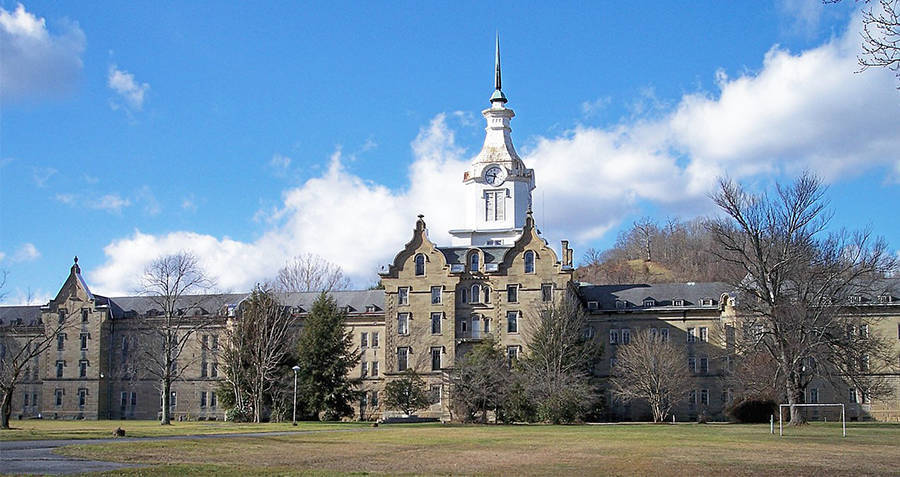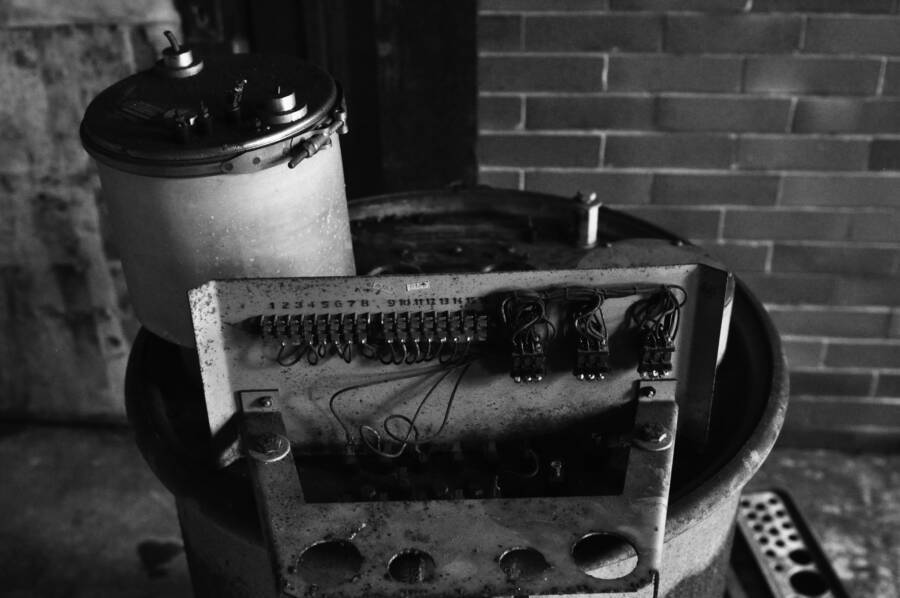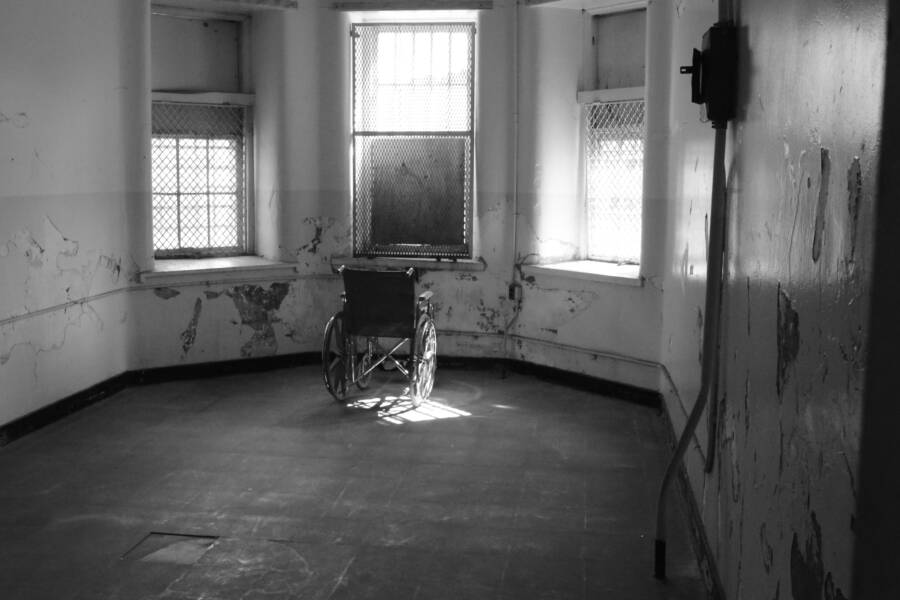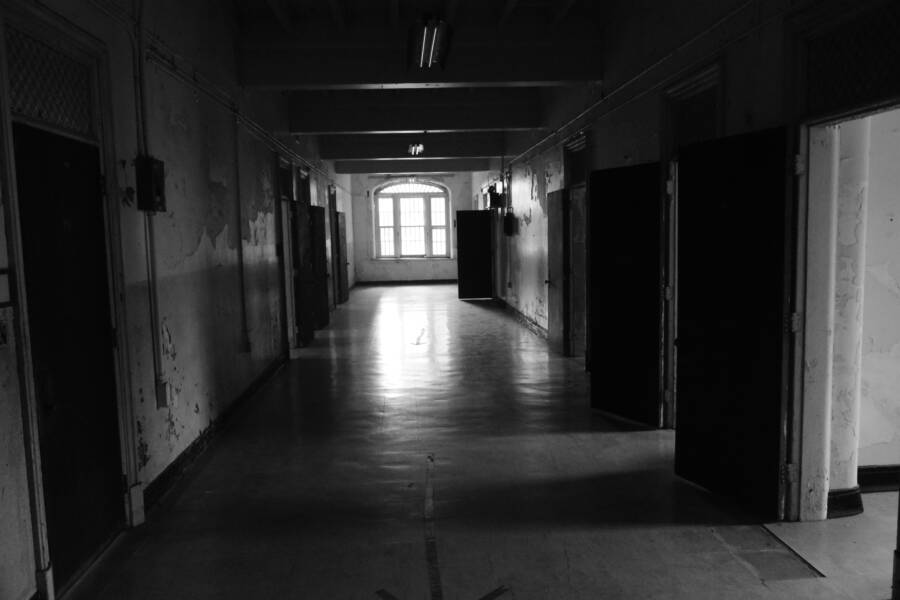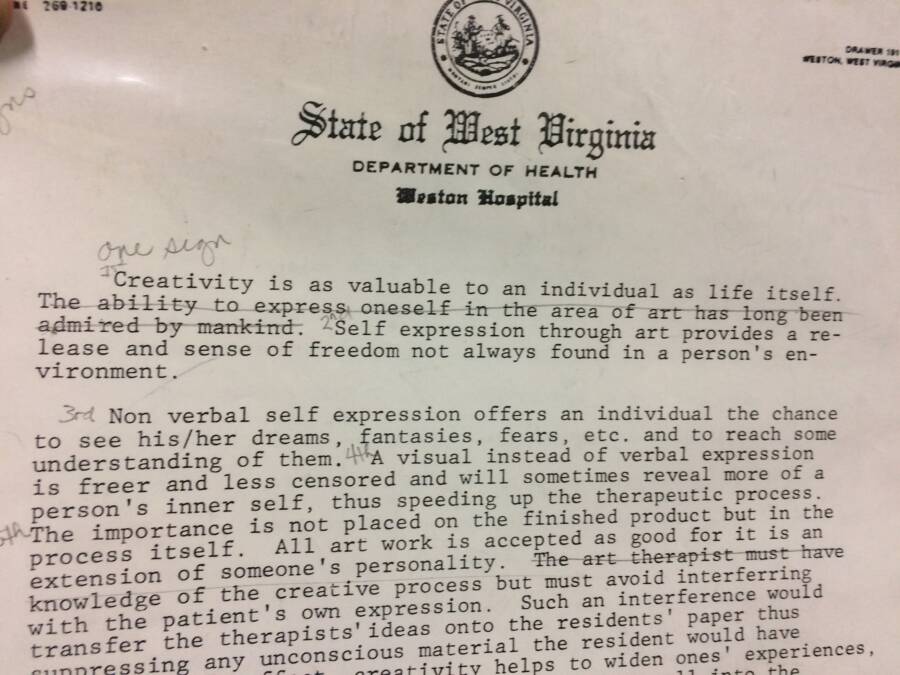The Trans-Allegheny Lunatic Asylum That Once Housed A Lobotomy Lab
The Trans-Allegheny Lunatic Asylum first opened its doors in 1864. The West Virginia hospital was supposed to be a place of peace and cognitive restoration, but it rapidly devolved into a hub of madness.
Before derelict conditions, egregious medical malpractice, and primitive treatments defined Trans-Allegheny as an institution, however, it was the promising brainchild of Thomas Story Kirkbride.
Kirkbride, who would later found the organization that became the American Psychiatric Association, believed that light and fresh air could help treat mental illness. With this in mind, the asylum allowed patients to wander freely on the property's grounds, and the facility boasted high ceilings, plenty of ventilation, and numerous windows for maximum light exposure. In addition, Kirkbride gave each patient a spacious, comfortable room.
But as time went on, a spike in mental health diagnoses saw the Trans-Allegheny Lunatic Asylum become overrun with an influx of new patients.
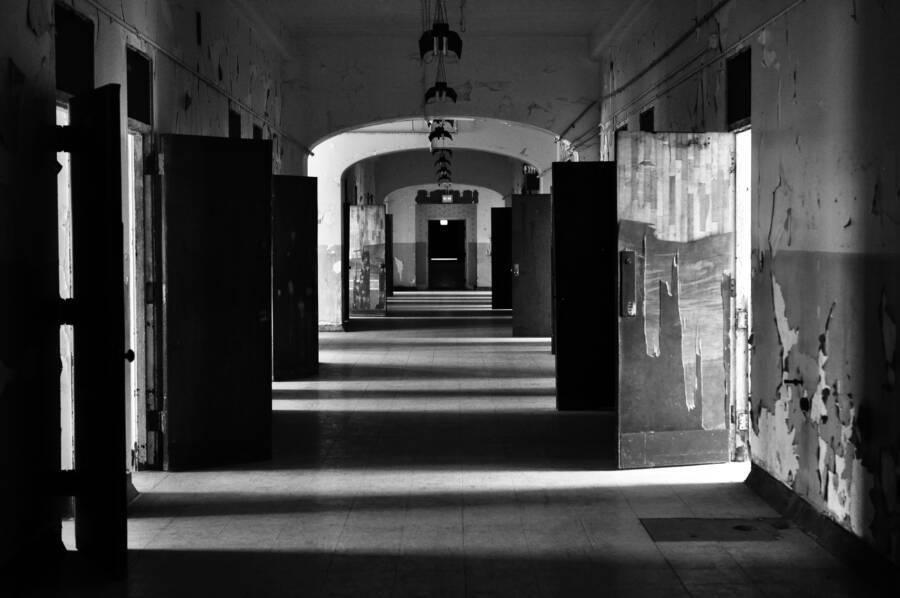
EVA HAMBACH/AFP/Getty ImagesA hallway leading to patients' rooms in the main building of the Trans-Allegheny Lunatic Asylum.
The now-abandoned hospital's 250-patient capacity was no longer sufficient to hold all the new residents. As a result, the hospital's conditions and treatments became progressively worse, especially as officials began to hire staff members who were sorely under-qualified for their jobs.
Patients deemed "uncontrollable" were locked in cages, while others slept on the floor. Multiple patients were crammed into one room at a time. By the 1950s, the hospital held 10 times the number of residents it was built for.
Most disturbing of all were the lobotomies performed on-site, in the experimental lobotomy lab of the surgeon Walter Freeman. His infamous "ice pick" method involved slipping a long pick through a patient's eye socket and using a small hammer to force it into the brain.
Freeman hoped to destroy the neuronal tracts that he thought were responsible for mental illness, but in reality, many of the patients were left in a dull, lethargic, and docile state — if they survived the procedure at all.
After more than a century, the Trans-Allegheny Lunatic Asylum closed its doors for good and was officially abandoned in 1994. Considering the facility's dark history, rumors soon spread that the abandoned hospital was haunted by the ghosts of patients who had died within its walls.
Though it was once a destination for intrepid urban explorers, the Trans-Allegheny Lunatic Asylum has been repurposed as a tourist attraction since 2007. Now, anyone can enjoy a guided tour of the facility — if they dare.
